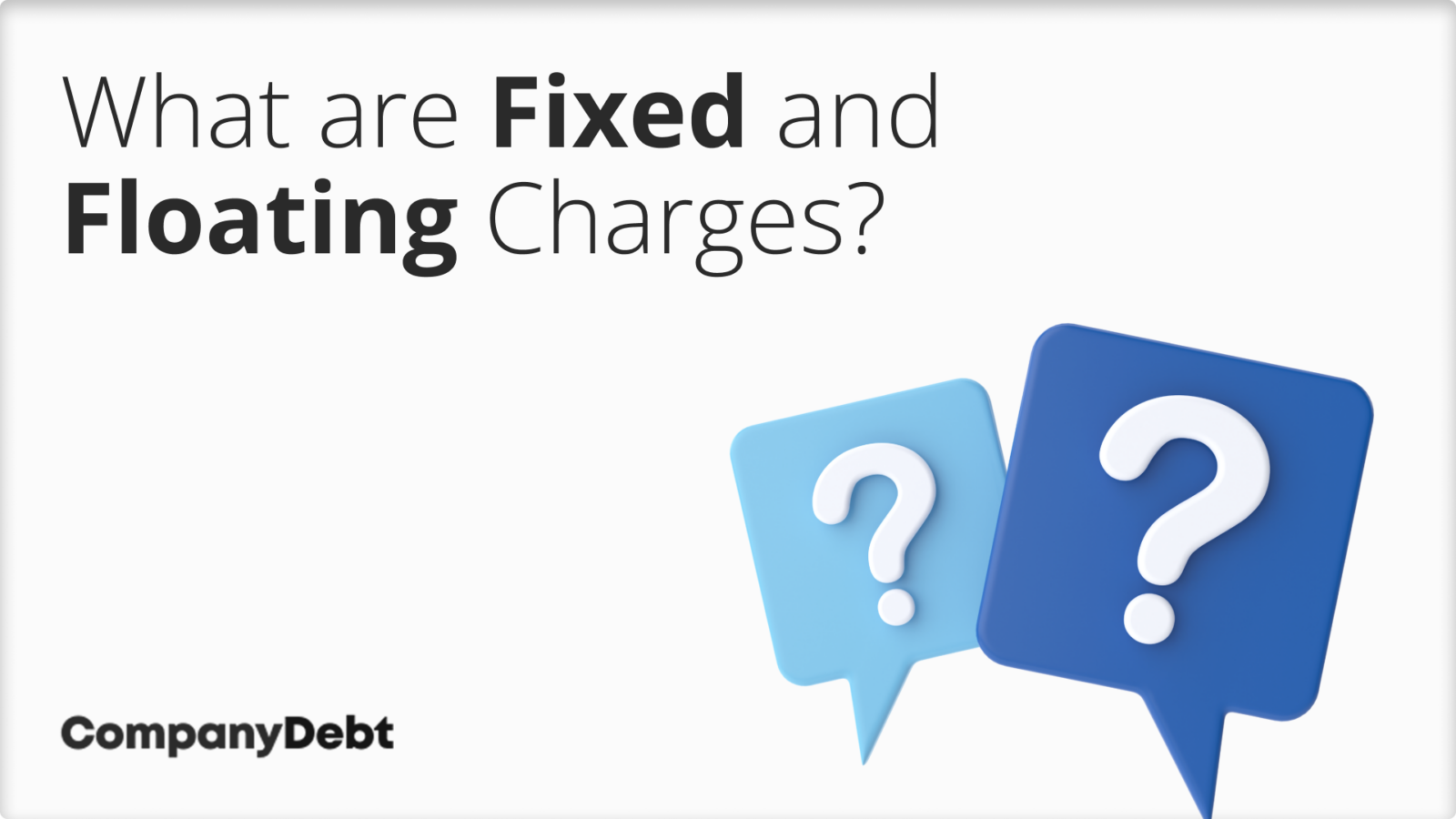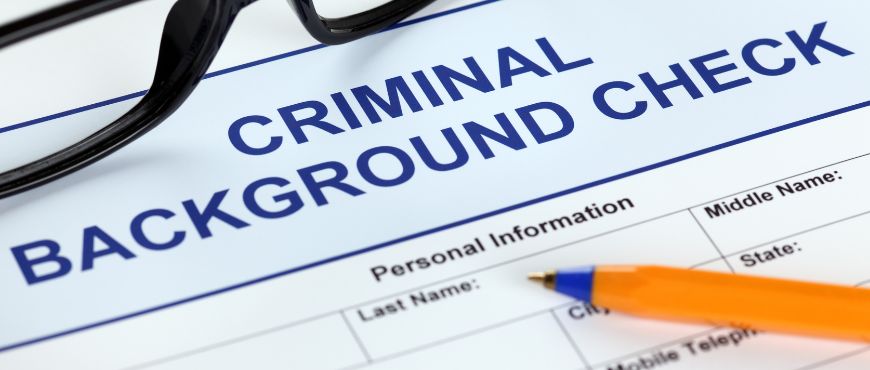
What are Fixed and Floating Charges?
What is a Fixed Charge?
A fixed charge is a specific security interest granted by a company over a particular asset to secure a debt.
This helps protect the lender’s position since it means it can seize and sell the company assets[1]GOV.UK “Forms of Security” if the loan cannot be repaid, or if the business enters liquidation.
If a debt is subject to a fixed charge, the borrowing will typically be secured against a substantial and identifiable physical asset such as land, property, vehicles, plant and machinery.
The principal legislation governing charges in the UK is contained within Part 25 of the Companies Act 2006, which outlines the legal framework for creating, registering, and enforcing these types of security interests[2]Trusted Source – .GOV – Companies Act 2006, Part 25, Company Charges.
What are Examples of Fixed Charges?
Examples of assets commonly subject to a fixed charge include:
Examples of assets commonly subject to a fixed charge include:
- Real estate: Commercial property or land owned by the company
- Plant and machinery: Large industrial equipment or production lines
- Intellectual property: Patents, trademarks, or copyrights
- Shares in subsidiaries: Ownership stakes in other companies
- Vehicles: Company fleet or specialized transport equipment
Consequences of Defaulting on a Fixed Charge
When a company defaults on a loan secured by a fixed charge, the consequences are immediate and significant.
The charge holder, typically a bank or other lender, gains the right to appoint a receiver to take control of the specific charged asset. This receiver has the power to sell the asset to recover the debt owed to the charge holder, potentially disrupting the company’s operations if the asset is crucial to its business.
In an insolvency scenario, fixed charge holders enjoy a position of priority. They stand first in line to recover their debt from the sale of the charged asset, ahead of floating charge holders and unsecured creditors. This priority status provides strong protection for the lender but can leave other creditors with little to no recovery if the charged assets represent a significant portion of the company’s value.
It’s important to note that even before default, a fixed charge restricts the company’s ability to sell or dispose of the charged asset without the charge holder’s consent. This limitation on the company’s freedom to manage its assets can sometimes hinder its ability to adapt to changing business circumstances or raise additional funds.

What is a Floating Charge?
A floating charge applies to assets with a quantity and value that can change periodically, such as stock, debtors or moveable plants and machinery.
It gives the business much more freedom than a fixed charge because the business can sell, transfer or dispose of those assets without seeking approval from the lender or having to repay the debt first.
From the lender’s point of view, a floating charge leaves it more exposed than a fixed charge because the value of the assets can and will change over time.
However, it’s not possible to attach a fixed charge to every company asset, which is why floating charges are used.
What Are Examples of Floating Charges?
- Stock: Inventory, raw materials, and work-in-progress
- Debtors: Outstanding customer invoices and accounts receivable
- Cash at bank: Funds held in the company’s bank accounts
- Plant and equipment: Smaller tools and equipment that may be regularly replaced
- Fixtures and fittings: Office furniture and other movable assets
- Book debts: Money owed to the company that hasn’t been collected yet
Consequences of Defaulting on a Floating Charge
Upon default or the onset of insolvency proceedings, the floating charge ‘crystallises’, effectively converting into a fixed charge over the assets it covers.
At this point, the floating charge holder gains the power to appoint an administrator to manage the company’s affairs, business, and property. If this occurs, it triggers a moratorium on other legal proceedings against the company, providing a degree of protection as the administrator attempts to rescue the business or achieve a better result for creditors than would be likely in immediate liquidation.
The crystallisation of the floating charge means the company can no longer freely deal with the formerly floating assets without the charge holder’s consent, potentially paralyzing day-to-day business activities.
In terms of priority during insolvency, floating charge holders rank behind fixed charge holders and certain preferential creditors (such as employees for unpaid wages) in the distribution of assets. However, they still maintain an advantage over unsecured creditors, often leaving the latter with little prospect of meaningful recovery.
What is a Debenture in Relation to Fixed and Floating Charges?
A debenture is a legal document (applicable to both fixed and floating charges) that provides security to a lender by granting them rights over a company’s assets.
A debenture:
- Clearly outlines the assets covered by each type of charge.
- Details the terms of the loan, including repayment schedules, interest rates, and default provisions.
- Offers comprehensive security by combining fixed and floating charges in a single document.
- Requires registration at Companies House within 21 days to be legally enforceable.
What is the Difference Between a Fixed and Floating Charge?
There are a number of major differences to be aware of:
- A fixed charge applies to a specific identifiable asset, while a floating charge is dynamic in nature and generally applies to the whole of the company’s property.
- An asset covered by a fixed charge cannot be sold or transferred unless the charge holder agrees. A floating charge can be sold, transferred or disposed of until a point when it crystallises and becomes fixed.
- A fixed charge is always given preference over a floating charge in insolvency.
Expert Advice
If you are starting to have financial problems and know that you have fixed or floating charges (a floating charge is often also known as a debenture), getting good, experienced advice may mean the difference between losing control of your finances and not.
We are experienced in advising business owners in this situation, and there is often room to negotiate or find ways to reduce concerns of charge holders so that they do not enforce their rights.
If you want to know more about fixed and floating charges, have been asked to provide security by a lender or want to know how debt will be treated on insolvency, please get in touch with our team.
Frequently Asked Questions: Fixed and Floating Charges
How does the creation of fixed and floating charges impact a company’s credit rating?
The creation of charges can affect a company’s credit rating, as it indicates existing debt obligations. However, the impact may be mitigated if the charges enable the company to secure lower interest rates or more favorable terms. Credit rating agencies will consider the nature and extent of the charges in their overall assessment of the company’s financial health.
In what circumstances might a lender prefer a floating charge over a fixed charge?
Lenders might prefer a floating charge when dealing with businesses that have a high turnover of assets, such as retail or manufacturing companies. It’s also useful for revolving credit facilities where the amount borrowed fluctuates.
How do fixed and floating charges interact with personal guarantees in SME lending?
Personal guarantees are often used in conjunction with fixed and floating charges, especially for SMEs. While charges secure the loan against company assets, personal guarantees make the business owner personally liable. This combination provides additional security for lenders, potentially enabling better terms for borrowers, but increases personal risk for business owners.
How do cross-border transactions complicate the enforcement of fixed and floating charges?
Issues may arise around the recognition of foreign charges, the jurisdiction for enforcement proceedings, and the interaction with local creditor rights. International treaties and EU regulations (for European countries) play a crucial role in navigating these complexities.
What is a Deed of Priority?
A Deed of Priority is a legal agreement between two or more creditors who hold security over the same assets of a debtor company. It establishes the order in which the creditors will be repaid if the company defaults or becomes insolvent.
What is a Deed of Postponement?
A Deed of Postponement is a legal document used when a creditor agrees to subordinate their debt to that of another creditor. This means the postponing creditor agrees to ‘stand behind’ the other creditor in terms of repayment priority.
The primary sources for this article are listed below, including the relevant laws and Acts which provide their legal basis.
You can learn more about our standards for producing accurate, unbiased content in our editorial policy here.
- GOV.UK “Forms of Security”
- Trusted Source – .GOV – Companies Act 2006, Part 25, Company Charges








